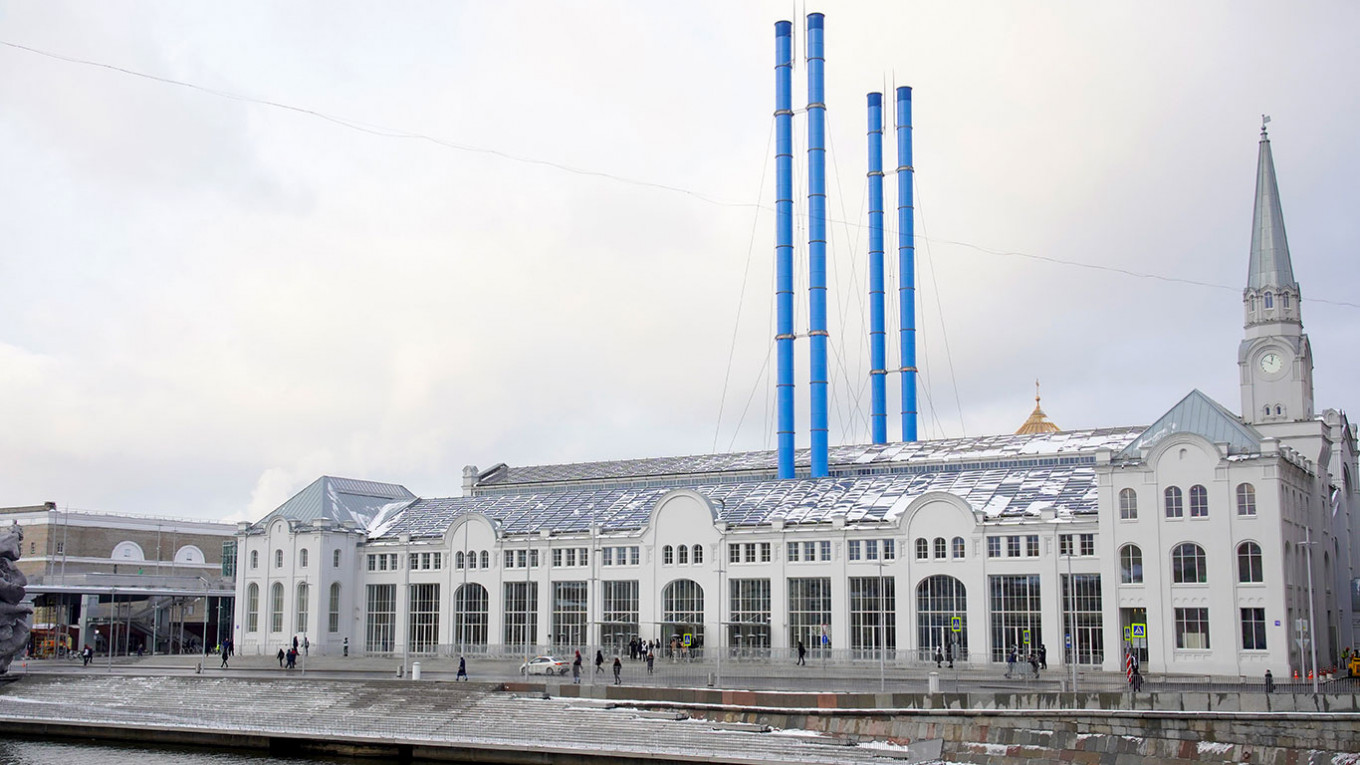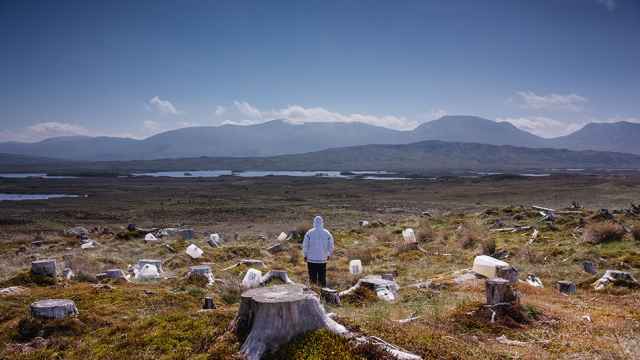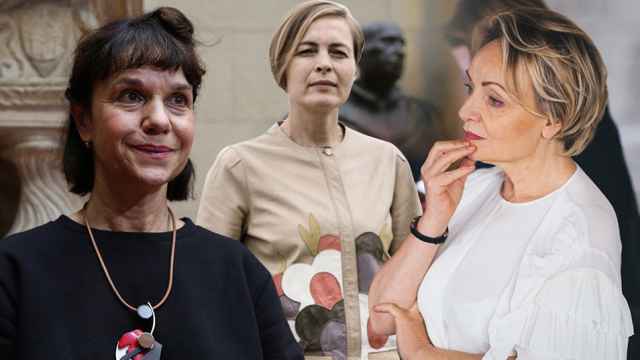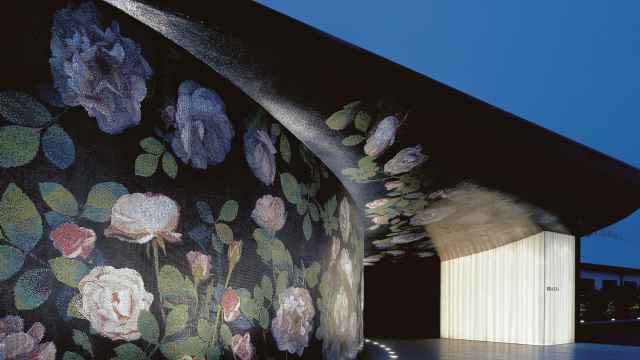On Saturday Moscow celebrated the grand opening of the GES-2 House of Culture.
Headed by curator Teresa Iarocci Mavica and funded by Novatek gas company head Leonid Mikhelson, GES-2 is designed to create a revolution in the Russian art scene.
GES-2 is the new home of the V-A-C Foundation, founded by Mavica and Mikhelson in 2009 and dedicated to popularizing contemporary art. Instead of a museum or gallery, the space is a House of Culture: a multi-functional space for exhibitions, concerts, classes, residencies, films, performances and parties with several restaurants and cafes.
Located on Bolotny Island in the center of the Moscow River, it stands across from the Kremlin on one side and across from a concert hall and movie theater on the other side. It is a short walk from several of Moscow’s most famous museums and art schools. The space is meant to be a hub, open literally and figuratively to the public.
“In the spring and summer, the entire façade of the building will be opened," Teresa Mavica told The Moscow Times.
And most important, admission to all the events is free and open to all.
The concept for the center is a new version of a very old Russian tradition. In the late imperial period, landowners and municipalities opened “people’s houses” where the local residents could take lessons in reading and other skills, attend lectures, receive religious instruction, and take part in choirs and other activities. In the early Soviet period, they were revived as houses and palaces of culture.
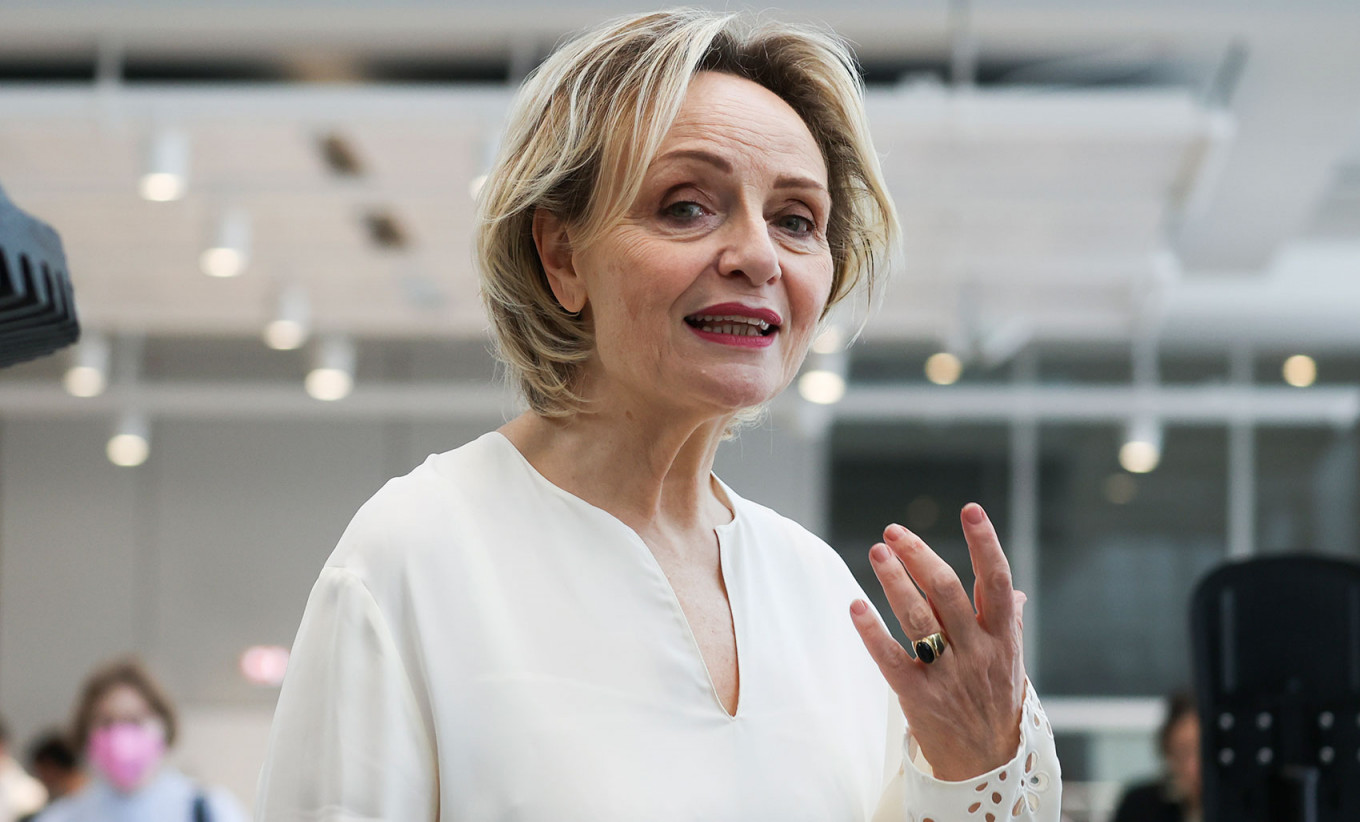
“We could have built a traditional museum, but what would be the point?” Mavica said. “It would have been easier to open a museum, pay to bring over big shows, but that’s not relevant to the context in art today.”
“To build the future, you always have to know where you are coming from, the tradition and history,” Mavica said. “In 1882 in a small town in Siberia, the first ‘people’s house’ was opened with the mission of ‘liquidating illiteracy.’ People are afraid of contemporary art. We want to liquidate modern cultural illiteracy,” she said.
A power station reimagined
The building of GES-2 — the Russian acronym for the second city electric station — was completed over a century ago, in 1907, for the station that powered Moscow’s then-new tram lines. Even as a power station it was a decorative and graceful structure: a long façade of two-story windows and five arches under a peaked roof, decorated at one end with a cathedral-like spire. It was renovated by Renzo Piano Building Workshop, which kept the original airy industrial aesthetic and yet modernized it in every way, from installing energy-producing and conserving technologies to setting up facilities for making, displaying, and enjoying virtually every art form.
The vast interior — more than 35,000 square meters (375,000 square feet) — has both enormous and intimate spaces for exhibitions and events. There is a section for children called the Atelier with a forest and a workshop-playroom; a cinema; a spacious arts production center with shops for working with wood, metal, plastic, ceramics and textiles; photography, audio and video studies; a printmaking studio and 3D printing laboratory; a large library and coworking spaces. Artists, teachers and other staff members will provide guidance and assistance, and in-house residencies will begin after the new year. Every space is equipped with the latest technology, from the printing rooms down to the cloakroom, which operates with numberless electronic claim tickets.
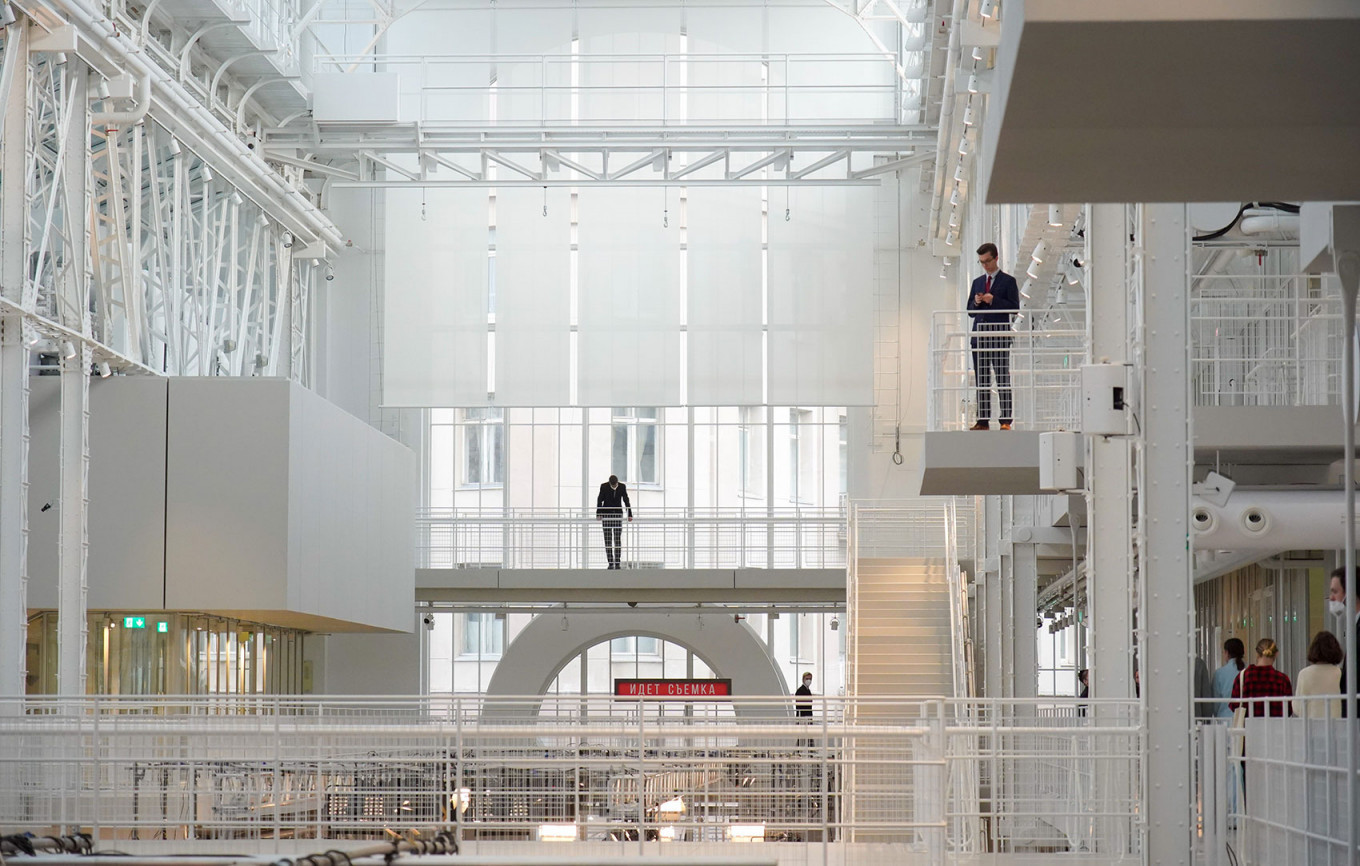
GES-2 envisions a large program of educational activities, some in collaboration with several Moscow universities. In keeping with its mission to make contemporary art more accessible, “mediators” will help people navigate exhibitions and make use of the facilities; one tour promises to help visitors get over their fear of contemporary art. The facilities are also as accessible and inclusive as possible, with audio description guides, tactile models, and large print texts for people with visual disabilities; video clips with sign-language for people with hearing disabilities; full accessibility for people with physical disabilities; and sensitive assistance for people who are neurodivergent.
Seasons at GES-2
Even the organization of events at GES-2 is innovative. Every six months or so, GES-2 will begin a new “season” — an overarching theme or topic that will explored in many different media, activities and projects. All of the seasons will be part of a larger story. “Holy Barbarians, or Both Are Worse” is the first story that GES-2 will explore, because it is, indeed, the story of post-Soviet Russia, its contradictory and complex relationship and image of Russia and the West, in which Russia is perceived — often by its own people — as either barbaric or saintly, or both.
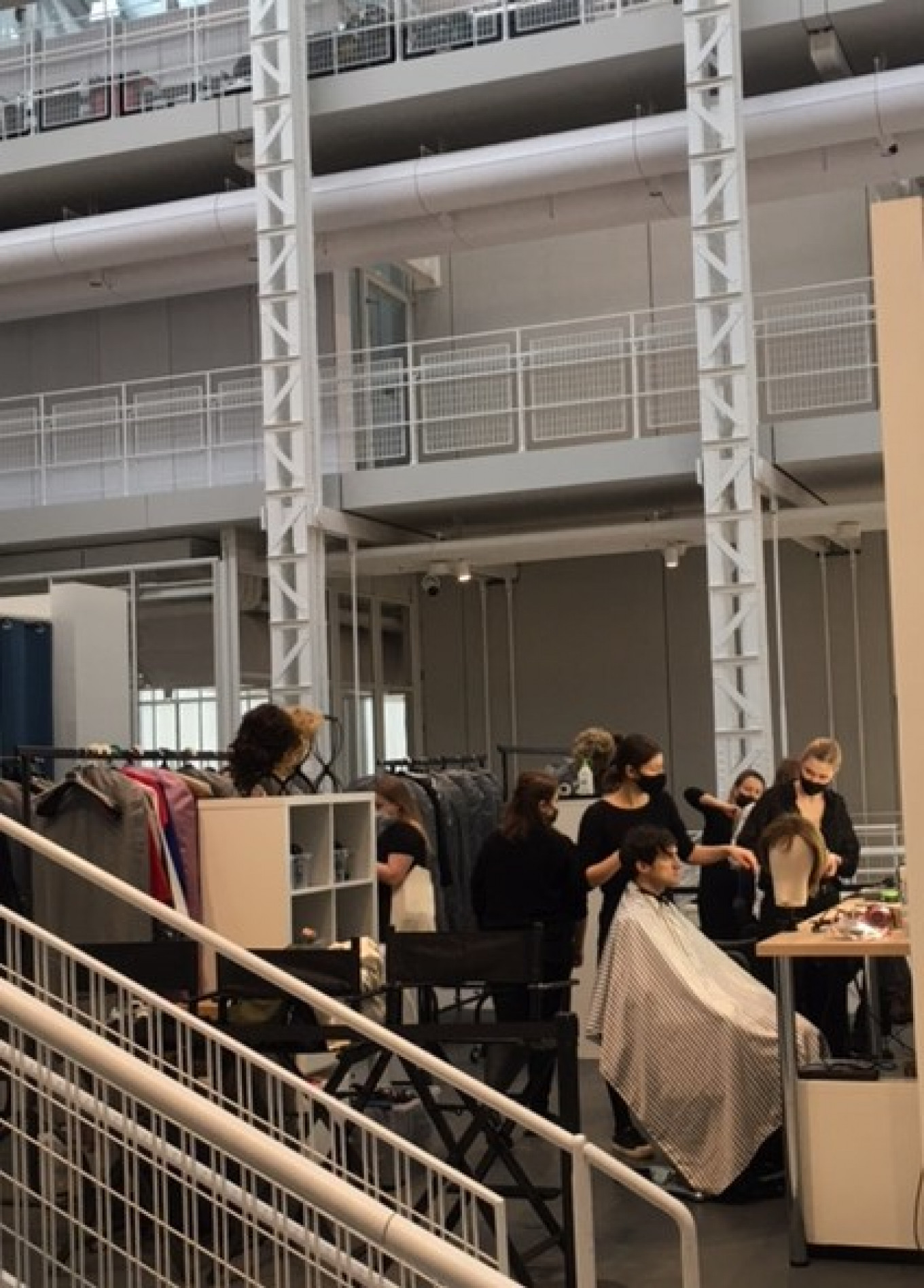
The first season begins with Russia’s first media obsession, the American television soap opera “Santa Barbara,” which appeared on Russian TV in 1992. Icelandic artist Ragnar Kjartansson has already begun his project “Santa Barbara — A Living Sculpture,” a re-filming of a season of the soap opera “Santa Barbara” being shot in Russian with local actors in a studio on the first floor of the building. It will be a touchpoint for examining Russia’s relationship with the West and its path of development.
“We are beginning with ‘Santa Barbara’ because it was the beginning,” Mavica said. “Contemporary Russian art began 30 years ago. It’s where we start to ask, ‘Who are we?’ and ‘Where are we going?’”
Several exhibitions already mounted on the lower level reflect Kjartansson’s interest in repetition and series in art, and what they reveal: sketches of a model done every day in various poses, from contrived to unguarded, cover a three-story wall; a display of Pantone colors in different shapes fill another hall; and a row of video screens showing Ragnar Kjartansson and his mother, a famous actress, taken several years apart, are lined up in another room. In each video the two silently stare straight ahead at the camera, and then Kjartansson’s mother turns and spits at him. It is shocking, funny, and terribly disconcerting.
Another project explores images and concepts of carnival in Russian culture, which includes handmade costumes floating on hangers from the ceiling and a photography series.

The project "To Moscow! To Moscow! To Moscow!" includes a video installation called “Terrible, Terrible.” It seems to be just a video of the hall at the Tretyakov Gallery with Ilya Repin’s painting “Ivan the Terrible and His Son Ivan on November 16, 1581.” But suddenly a man attacks the painting with a knife and is then wrestled to the ground by guards and taken away while an older woman, the hall monitor, frets helplessly. Even when you expect it to happen — what else could it be? — it’s unnerving. It will serve as a subject of discussions about the power of art.
But not everything is designed to shock. Next weekend there will be a pop-up vintage clothing show and store, a stand-up comedy night, and the start of a cinema program called "Time Machine 1986-2000" showing films from Russia and other countries.
A very grand opening
In the 30 years of Russia’s new history, Moscow has seen the construction or reconstruction and opening of thousands of buildings, including the Zaryadye Concert Hall and Moscow City business quarter. Ribbons were cut, photographs were taken, and stories were aired on the news. But nothing has matched the excitement and celebration of the opening of GES-2. President Putin and Moscow Mayor Sergei Sobyanin took a televised tour a few days ago. Journalists begged for accreditation to the press tour. An invitation to the grand opening party was a coveted sign of prestige.
Everyone tried to guess how much it cost. Mavica would only say, “I didn’t pay for it myself, so I don’t exactly know. But it was incredibly expensive.”
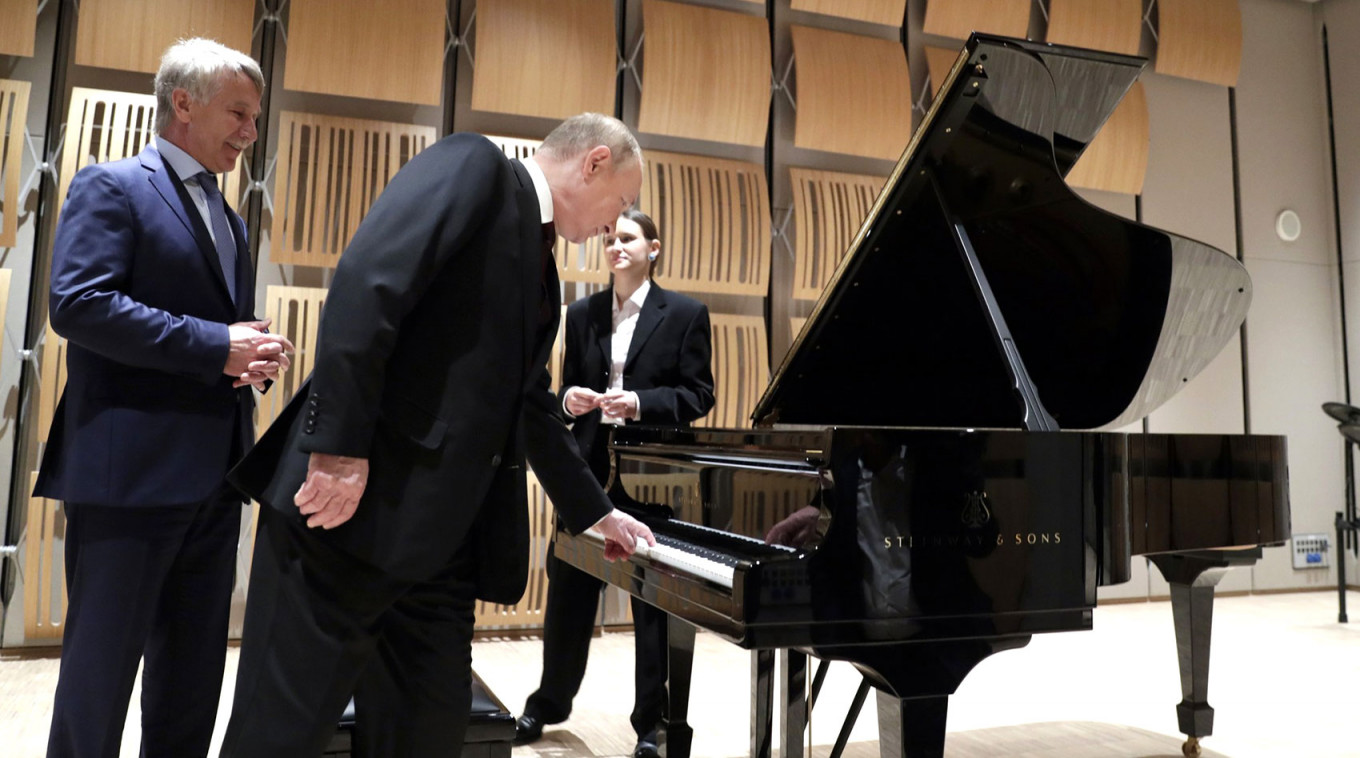
Marat Gelman, one of the first owners of a contemporary art gallery in Moscow, told The Moscow Times, “Overall, this is a fantastic development for Moscow. It’s going to change the art scene completely.” But he does not foresee a cloudless future. “The Kremlin really wants to follow a Chinese model where they completely freeze any political developments but want a thriving business and cultural scene that rivals the West… I think the center will become a gathering place for artists and creators who think freely. Eventually, it could become a real headache for Mikhelson.”
But for now, it is the capital’s contemporary art calling card. Like Yuri Pimenov's famous 1937 painting "New Moscow" of a young woman driving a convertible through the rain-washed, newly rebuilt city center, GES-2 is New Moscow in 2021: gloriously beautiful, state-of-the-art, and forward-looking.
Additional reporting by Pjotr Sauer.
A Message from The Moscow Times:
Dear readers,
We are facing unprecedented challenges. Russia's Prosecutor General's Office has designated The Moscow Times as an "undesirable" organization, criminalizing our work and putting our staff at risk of prosecution. This follows our earlier unjust labeling as a "foreign agent."
These actions are direct attempts to silence independent journalism in Russia. The authorities claim our work "discredits the decisions of the Russian leadership." We see things differently: we strive to provide accurate, unbiased reporting on Russia.
We, the journalists of The Moscow Times, refuse to be silenced. But to continue our work, we need your help.
Your support, no matter how small, makes a world of difference. If you can, please support us monthly starting from just $2. It's quick to set up, and every contribution makes a significant impact.
By supporting The Moscow Times, you're defending open, independent journalism in the face of repression. Thank you for standing with us.
Remind me later.



